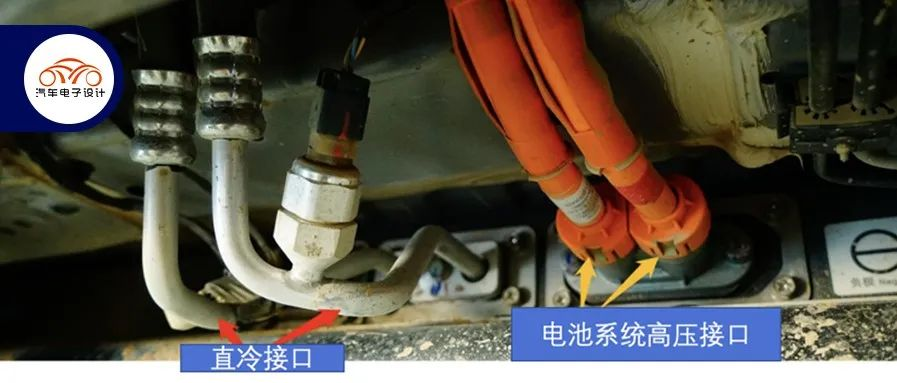Author: Zhu Yulong
Before the official release of the CTB battery system from SEA Lion, let’s take a closer look at the battery system of the Dolphin E3.0. In order to understand the subsequent battery iteration path of BYD, I spent a lot of time collecting information and consulting.
From the perspective of the battery pack, there are two different configurations for the E3.0:
-
The low-mileage version is a newly developed 100Ah lithium iron phosphate battery cell, with a total capacity of 30.7kWh and a system voltage of 307.2V.
-
The high-mileage version uses the first-generation 135Ah lithium iron phosphate blade battery cell, with a total capacity of 44.9kWh and a rated voltage of 332.8V. The energy density of the battery system is 140Wh/kg.
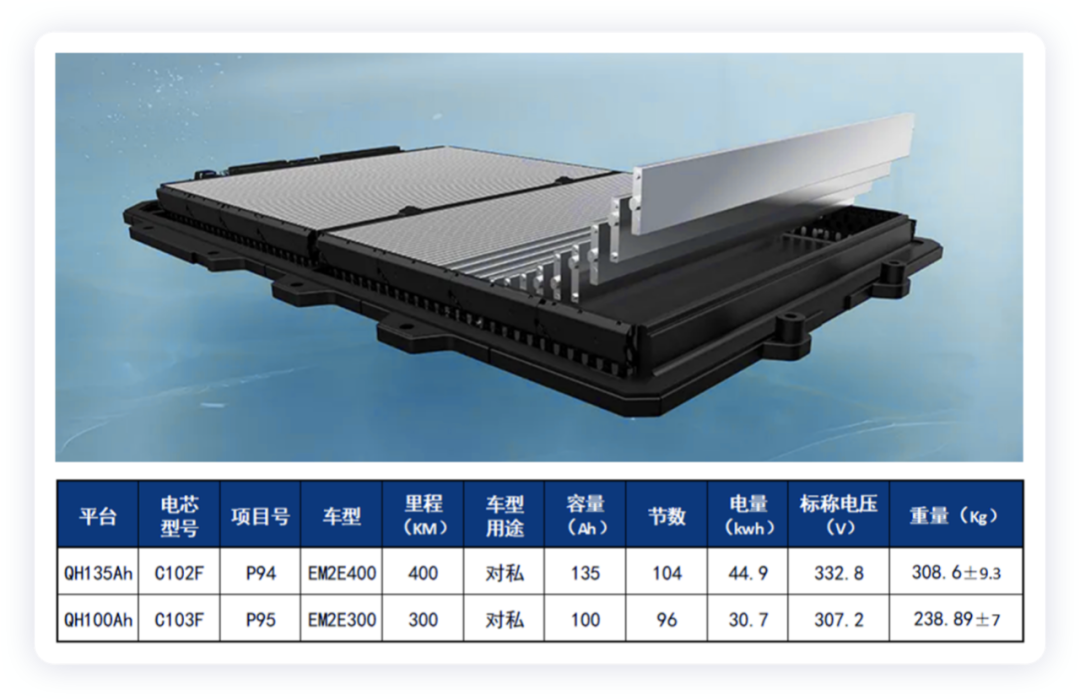
The Dolphin E3.0 uses a flat battery system, which is also a major difference between the subsequent E3.0 and the previous Dynasty series. Not only is the arrangement of blade battery cells more complete, but the layout of electronic and electrical components inside can also be optimized through an optimal method.
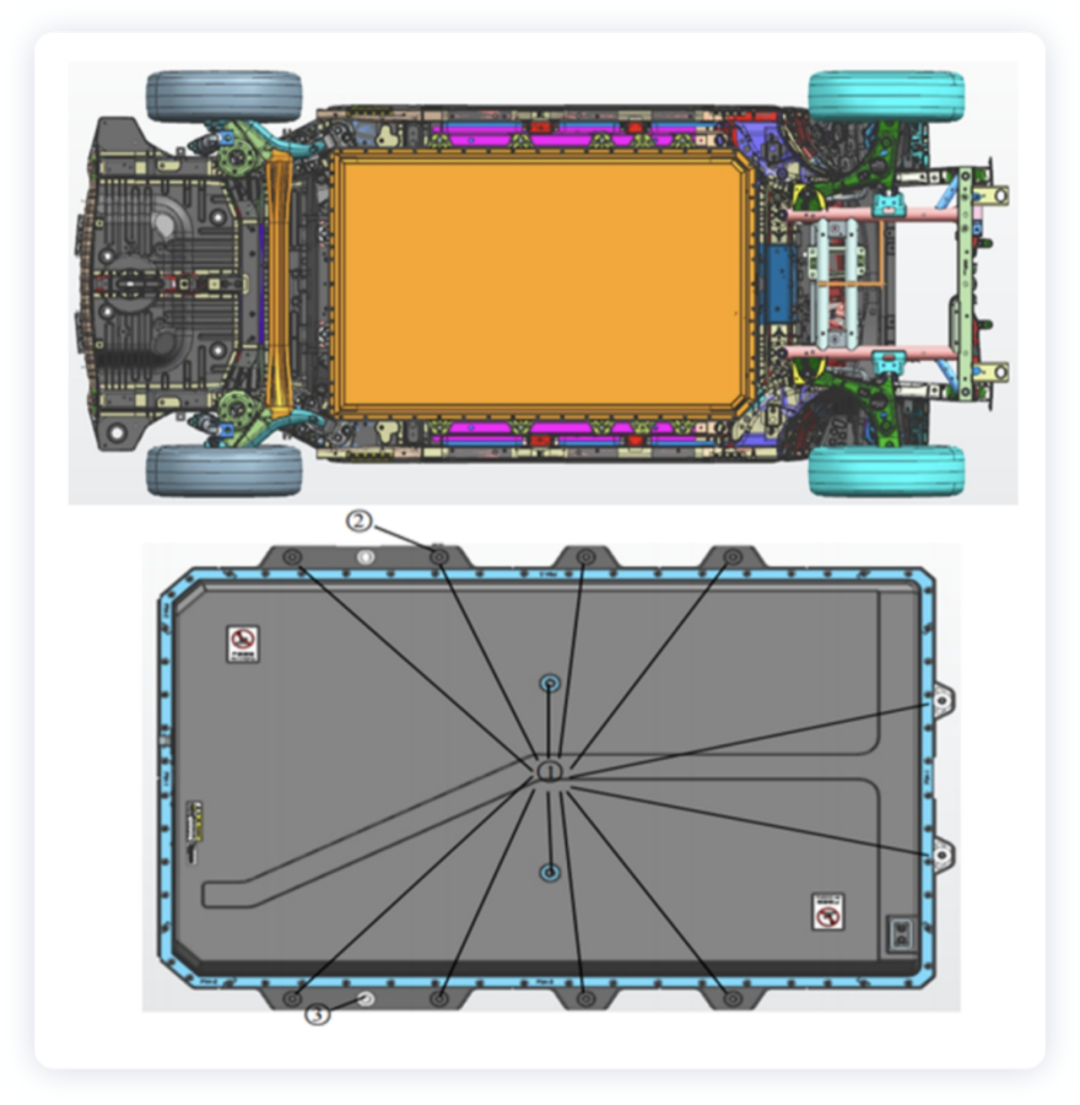
Battery Arrangement
A horizontal beam reinforcement has been added to the middle of the lower box of the 45kWh Dolphin battery, while this feature is not seen in the 30kWh battery pack. As I understand, due to the differences between it and Han EV, both battery systems are made with a width of 1100mm, and are arranged on A0-level small cars. Therefore, the side impact pressure is relatively large, especially when the positive and negative poles of the battery cell are on the side. Therefore, the shorter 100Ah battery cell does not need to have a middle beam and can be made into a whole piece, while the longer battery cell needs to be divided into two pieces.
Note: These two battery cells use different length capacity configuration methods.
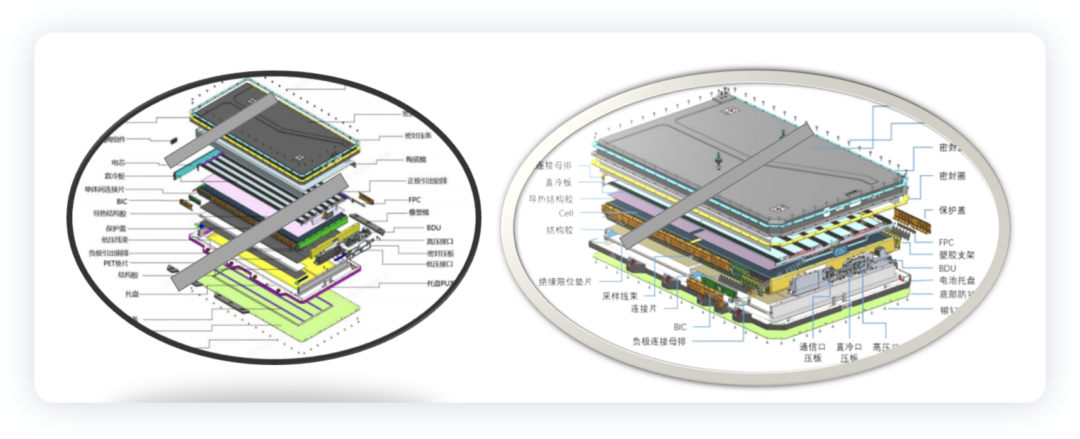
The connection between the battery system and the chassis of the vehicle uses 14 fasteners. The dolphin optimizes both sides to compensate for the weight brought by the addition of the crossbeam, and the entire lower shell is reinforced with 3 crossbeams to the body of the car.
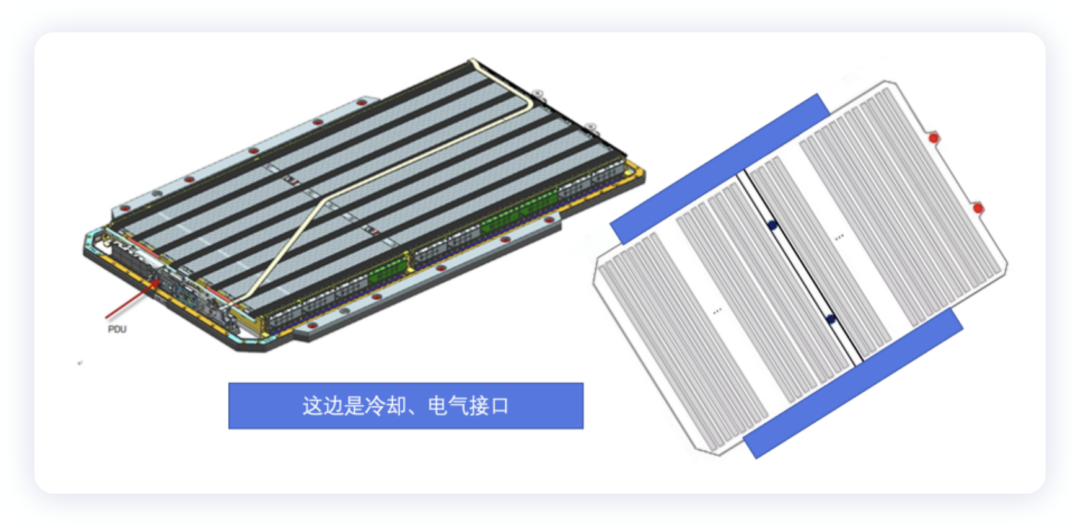 # Dolphin E3 Interface and EE Design
# Dolphin E3 Interface and EE Design
The Dolphin E3 design features a long and thin PDU which is situated in a narrow area reserved in the lower housing, housing the high and low voltage electronic components.
Interface and EE Design
The battery management and acquisition component of the Dolphin E3 battery system is placed within the battery pack, composed of battery sampling and execution units, BIC, and battery sampling lines. In addition, the battery management calculation has been integrated into the tri-domain controller in the promotion. In reality, there are only one main positive and one main negative in the BDU, with a pre-charge unit included.
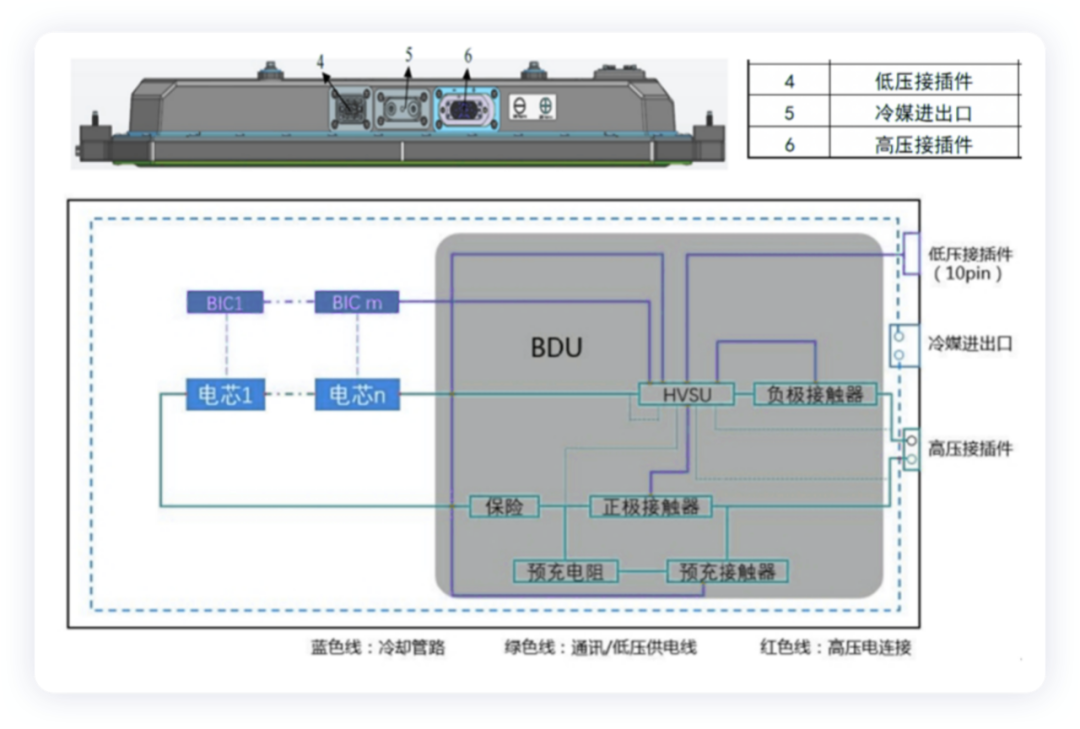
As shown in the figure below, the high voltage interface is simplified, returning to the mode of quick charge management inside the front-drive system, which was originally used on the earliest LEAF vehicles. The left low-voltage connector harness is small, making it easier to manage.
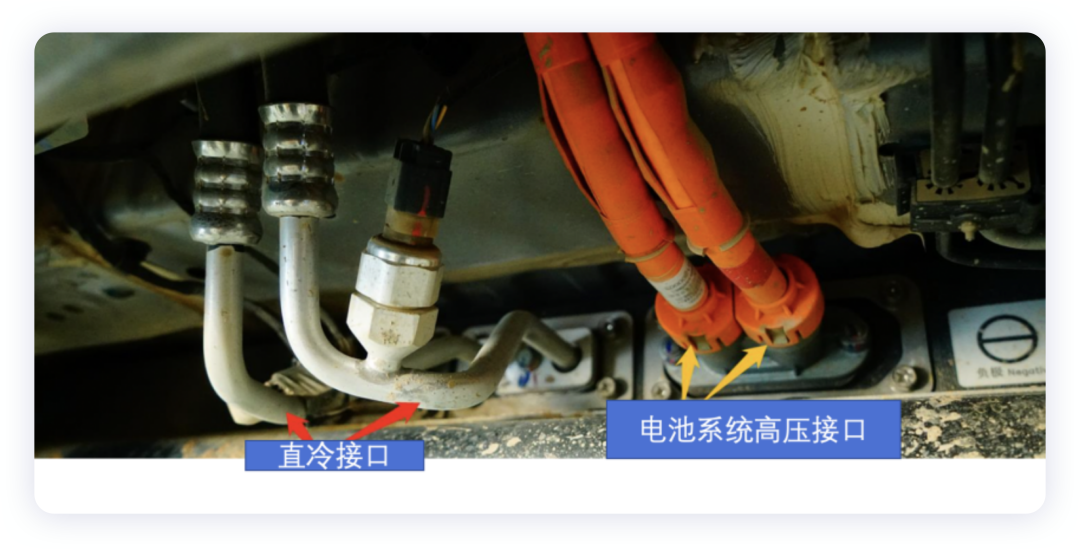
From this figure, it can be seen that the BDU contains the HVSU, which controls the contactor and completes the four-way high-voltage acquisition, and then coordinates with the current sampling (which may be in the HVSU). The BIC does the communication coordination and is output through the low-voltage connector. The main functions of the BIC include cell voltage sampling, battery temperature sampling, cell balancing, and others.
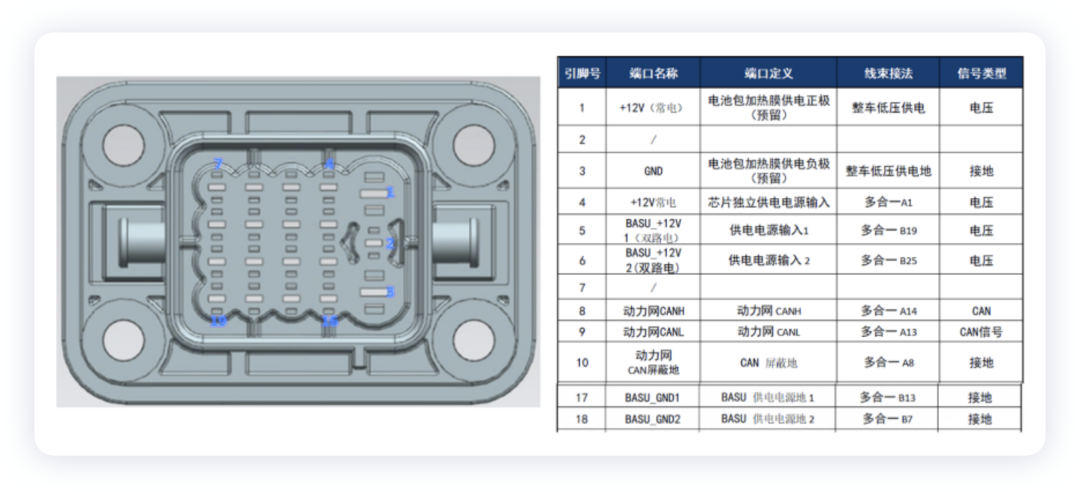
A direct-cooling mode is employed in this battery pack, so the heating issue can be solved by using the heating film provided by BYD (which is powered by 12V). The interface itself only has a single CAN bus, making it simple.
In summary: I will analyze the heat management issues of the Dolphin system with you this week. According to my information collection, BYD has done a lot of work in the design of the Dolphin battery system. This not only refers to the design by BYD itself but also to the considerable design work done by its external suppliers, which most engineers in the industry are not aware of. It is challenging to collect and analyze this information, especially with bias included. When following and tracking the industry, it is essential to maintain a reverential attitude.
This article is a translation by ChatGPT of a Chinese report from 42HOW. If you have any questions about it, please email bd@42how.com.
